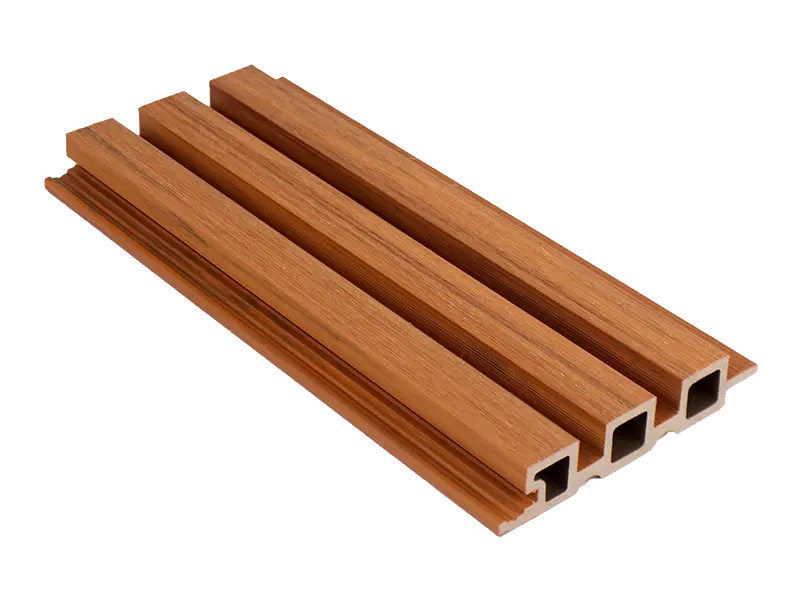
Heat-Proof Building Materials: Why Superior WPC Leads the Way
In modern architecture, selecting materials that withstand high temperatures and maintain performance over time is essential. In hot climates or buildings exposed to strong sunlight, ordinary materials can warp, fade or deteriorate. This is where heat proof building materials come into play – and among them, Superior WPC stands out as a high-performance solution.
Understanding Thermal Challenges in Construction
Buildings face a variety of thermal stresses: direct sun exposure, radiative heat, and outdoor ambient conditions. Materials not designed for such exposure may expand, crack or degrade. Studies show that wood–plastic composite (WPC) materials can offer better dimensional stability and thermal resistance than some traditional substrates. :contentReference[oaicite:0]{index=0}
What Makes Superior WPC Heat-Resistant?
- Low thermal expansion: The composite structure limits movement under temperature changes.
- High surface durability: Protective layers on Superior WPC help reflect heat and protect the substrate.
- Moisture and heat control: Because it absorbs less moisture and handles heat better, Superior WPC avoids many issues seen in untreated materials.

Practical Applications for Hot Climates
When considering heat proof building materials, whether for façades, decking, or urban infrastructure, Superior WPC is suited to the task. Its performance under high ambient temperatures makes it ideal for coastal, desert or rooftop installations. Architects can specify Superior WPC for areas where long-term integrity matters.
Sustainability and Long-Term Performance
Choosing materials with good thermal resistance isn’t just about immediate resilience—it’s also about long-term sustainability. Superior WPC supports eco-building objectives by reducing maintenance, avoiding warping or replacement, and using recycled content. These factors align with growing demands for eco building materials and durable architecture.
Installation Best Practices for Heat-Resistant Performance
To fully realise the benefits of Superior WPC as a heat-proof solution, proper installation is key. Ensure adequate ventilation behind cladding, allow expansion gaps for temperature shifts, and specify lighter colour finishes in high-sun areas. These details maximise the material’s ability to resist heat-induced movement and preserve its clean appearance.
Conclusion
When high temperature resistance matters, not all materials perform equally. Superior WPC emerges as a leading option among heat proof building materials thanks to its engineered composition, protective surface and sustainable credentials. For architects and builders aiming for long-lasting performance in demanding environments, this material delivers on both form and function.

